The godfather of ambient and generative music, Brian Eno’s reverberations can be heard everywhere. Talking to acclaimed author Jeff VanderMeer, the pioneering “non-musician” discusses his long-standing environmental activism, holograms, hypocrisy, and his newly launched charity, working to reduce the music industry’s carbon footprint
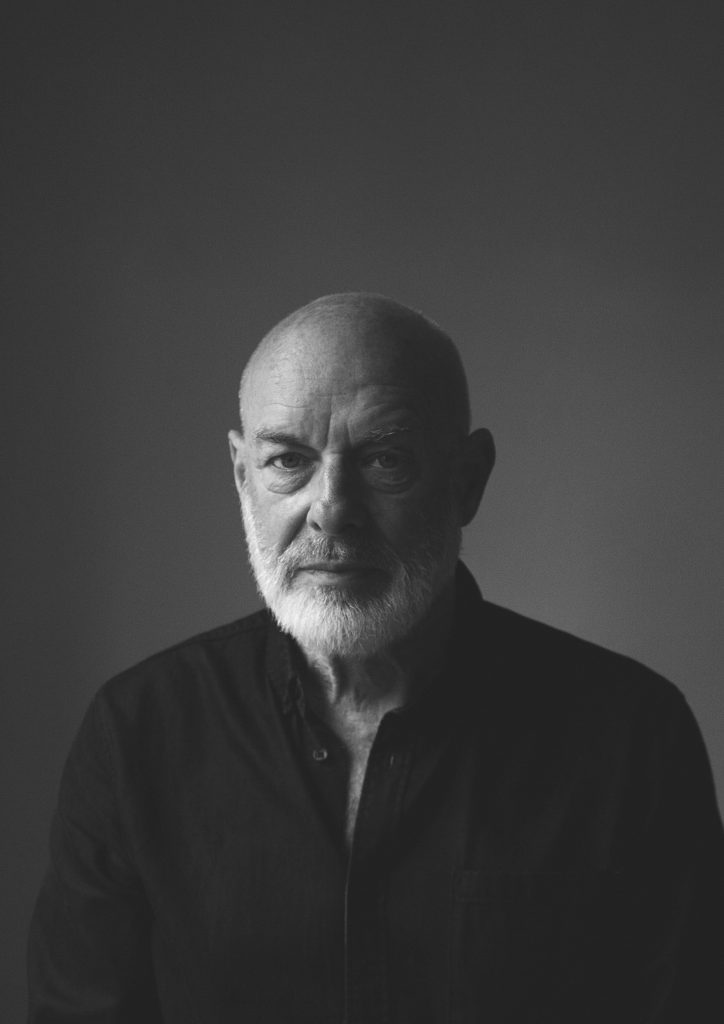
Jeff VanderMeer: What was your relationship to nature growing up?
Brian Eno: I grew up on the east coast of England, in the countryside, and moved to London when I was 21. All my early memories are rural. A lot of the music I created when I started living in the city was the quietest I’d ever made, and really an attempt to recreate some feeling of the countryside. I notice quite often that I try to make the world that I’m missing at that given time. I lived in New York on a particularly noisy intersection in downtown Manhattan, and On Land came out of that period; it was a very fragile, gentle, and bucolic album, an attempt to create new sonic landscapes. When I came back to England and bought a house in the quiet town that I grew up in, I started making incredibly loud music.
Why do you stress the importance of biodiversity and interconnectivity with regards to the climate crisis?
Through my teenage interest in cybernetics, from a young age I began thinking about how the processes of life are densely interwoven; it seemed apparent to me that things were embedded in systems, and their behaviour was a product of that system. I thought that was true of all sorts of things, not just the natural world but creativity too. When discussing art, people often talk about geniuses, but as soon as you start looking closely at how things come into being, you find that there are always contexts and systems informing that individual.
For instance, look at the revolutionary period in Russia, where you had supremacists and constructivists appearing, big names like Aleksandr Rodchenko and Wassily Kandinsky cropping up. That scene’s whole ecology was so complex; patrons, curators, gallerists – all the people who usually get regarded as an unimportant, peripheral part of the art world seemed to me incredibly central. They informed how it unfolded, where the intellectual energy came from. They were so interwoven that you can’t talk about an artist outside of the context they were working in; you have to consider what I coined the scenius (as opposed to genius) that gave rise to them. It’s the creative intelligence of the whole group, rather than one localised individual. Of course, you pay dues to the people who articulate new ideas, but you also have to give credit to the soil that they grew from. When I first encountered the term biodiversity, back in the ’80s, I thought, that’s the same thing really. The same kind of understanding… that creatures are not bounded by their physical surface. This isn’t the edge of me: I’m suffused with all of the outside, and it’s suffused with me as well.

It’s the state of biological beings: We’re contaminated by all kinds of things, things that live on our skin, inside of us, that are part of us, but separate from us. In my experience, the more you learn about the climate crisis, the more there’s an intensity to the world that’s hard to escape. Knowing what you know, is it intolerable?
Sometimes, yes. There are consolations, like the implosion of Trump; when I see banks divesting from fossil fuel companies, or pension funds starting to withdraw their support. But mainly I’m encouraged, because so many people are becoming activists, or reactivists, which is a step towards the former. The moment when we go from ‘I know the whole fucking system’s a mess’ to the realisation, ‘but does everybody else know that?’ is what I call coalescence. Once we discover that we are the power – like the huge mycorrhizal substructures underneath forests which connect everything together – we’ll realise that the person looking after a little creek in Indiana and the guy who wants to save a wild cat in Siberia are doing the same thing. The environmental effort is the biggest movement in human history; there’s never been a single cause that has united so many billions of people with one goal. There may be contradictions within the cause; there’ll be thrills and spills, but hopefully there’ll be some positive results to this worldwide action.
For someone waking up to the extent of this issue, where would you advise they start learning about it?
My simplest advice would be to read a collection of essays, all by women, called All We Can Save. There are so many different approaches within it – local, political, personal. It’s wonderful because you can see at which level you might like to try and do something.
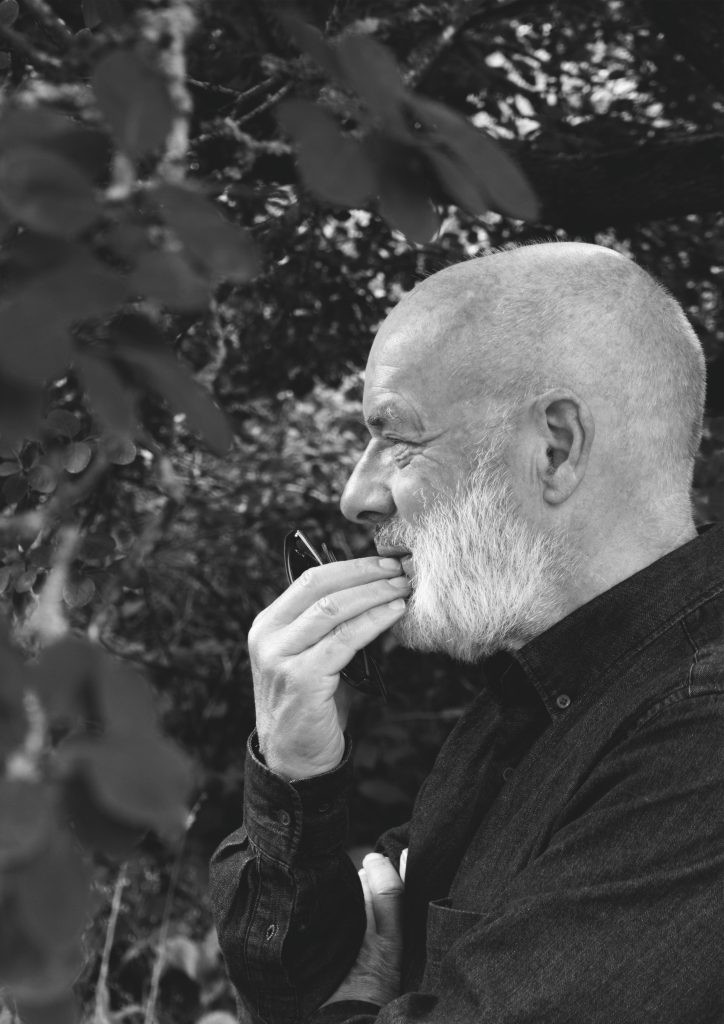
How did the environmental charity ClientEarth come to be your main form of activism? It seems to be a very systems-oriented organisation, which understands the level at which you need to fight things.
About 12 years ago, I became its first joint trustee. I’d previously been involved in a number of activist groups, and there were two things that troubled me: One was leverage and the other was follow through. I want to be putting my energy where it will make the most difference. I’d much rather be further back down the line, changing the direction of the train before it crashes. So often, friends of mine had put a lot of time and money into causes with high hopes and the best of intentions, but the maintenance had been bad; there hadn’t been follow up. There’s a feeling that if you get everybody out on the streets – big demos, some newspaper space – that that’s an achievement. But it isn’t really: That’s the beginning. When I first heard about ClientEarth, I thought ‘Lawyers! They’re good at follow through – they love it!’
A lot of its work is taking governments to court, to persuade them by legal means that they should act on the agreements they’ve made. For instance, the UK government sat on well publicised pollution reduction targets, and it became less and less plausible that they would ever reach those levels in time. ClientEarth took them to court four times, and each time forced at least the beginning of some positive change. Only lawyers would have bothered to go through the tedium of preparing case after case, getting fobbed off, and finally getting through. Law is quite stable, in England anyway. It lasts a long time, is public, defendable. There’s a whole machinery for maintaining it, and to reverse it takes quite a lot of work.
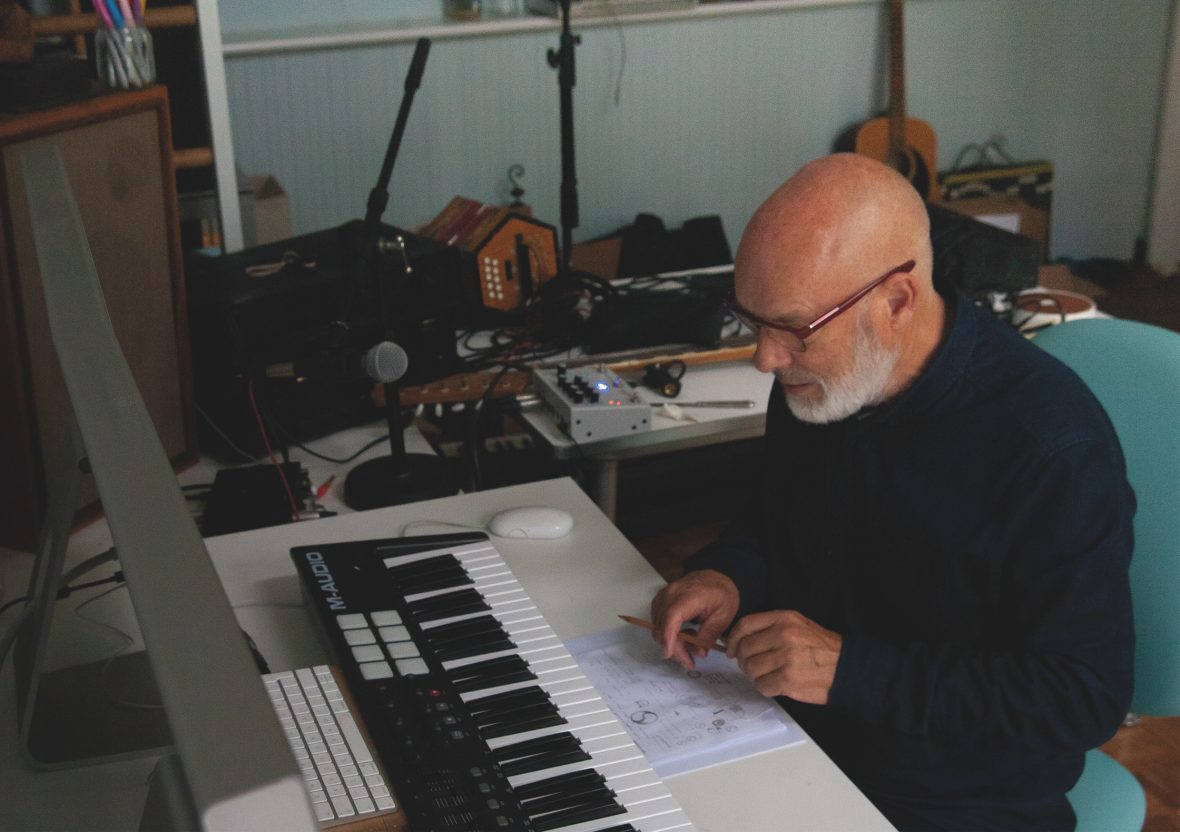
How do you view failure and compromise in this sphere?
I believe hypocrisy is unavoidable. You simply can’t live in this world without sometimes crossing lines, like taking a plane. It’s difficult to live a pure life in an impure situation. Try to avoid hypocrisy, but it’s not the worst sin. Compromise is unavoidable, and in fact, should be encouraged. There’s a lot of purism and hair-shirt wearing in the environmental movement that we have to forego. If we can’t work with everybody and anybody, then we have failed.
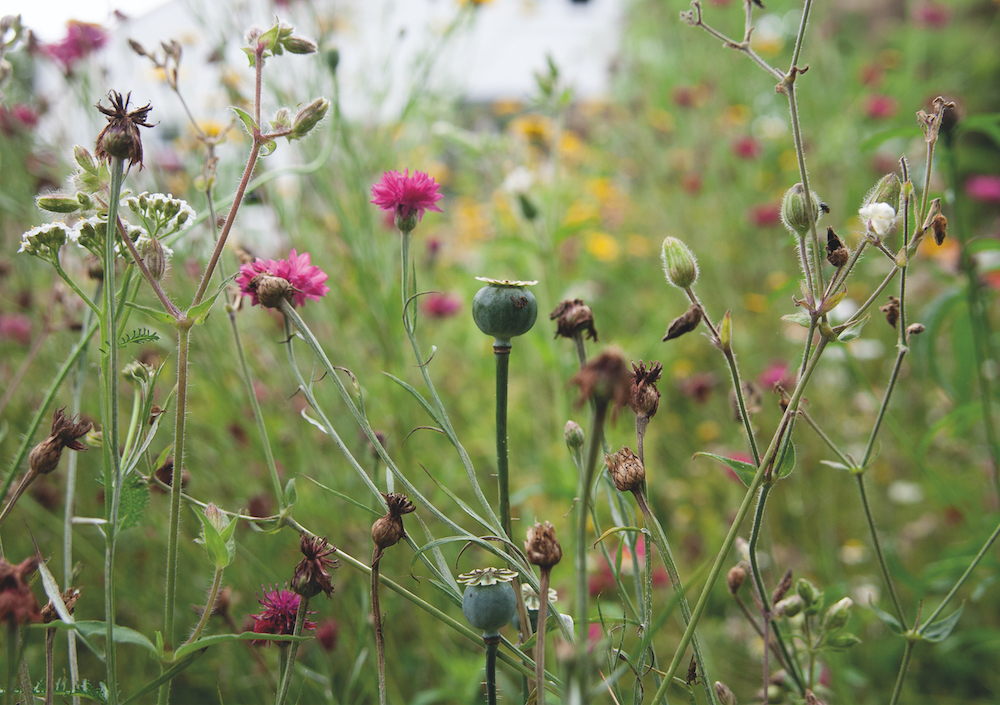
Your new charity, EarthPercent, aims to raise $100 million from the music industry by 2030, as well as improve its environmental impact. What are some of the areas you’re focusing on?
I feel like musicians are now very conscious of reducing their footprint, and the music business is used to dividing up income. Every single song probably has a slightly different balance of who gets what – producers, artists, writers; we’re used to complicated setups, so we’re proposing adding one more party: the Earth. Whether it’s a tour, album, or video, just add this other stakeholder. It’s done right at source; you don’t even have to think about it once you’ve signed up for it. That percentage of money goes into a pot, which will then be sent to organisations that are vetted by our scientific advisors and make a tangible, long-term difference with regards to climate change. We hope we’ll be able to finance them for five- or 10-year periods, so that there will be real continuity to projects. In terms of other areas, we want to highlight things such as streaming, which uses a great deal of energy. It’s not this ethereal presence with no impact; the cloud is in fact a bloody great server in Iceland! Touring is also very energy intensive, and bands like Coldplay, to their credit, decided they wouldn’t tour until they could do so carbon neutrally. We officially launch in October, but the initial response and welcome from all levels of the industry has been a nice surprise.

Has the pandemic changed conversations around touring, or live versus virtual performances? Can anything replace the former?
There is nothing that replaces that for me, however there are new forms starting to appear that are very interesting. Holography is becoming a realistic possibility now. You could hold a show in one place and have it holographically appear in 30 different locations. At the moment, it seems like a second-rate version of a live performance because the tech isn’t that good yet, but the new possibilities are exciting. The performer can become 135 feet tall, run all over the auditorium in 50 different versions, or shrink down…

If it’s going really badly, you can make yourself so small no one can know where you are.
Exactly – nobody can throw things at you! But that’s always the way new media is developed: They appear as a substitute, a cheaper or quicker or more portable way of doing something that already exists. It’s the whole history of recorded pop music, discovering you can do things in a studio that you could never do otherwise. A couple of years ago, I saw a beautiful Laurie Anderson VR piece, where she creatively exploited the low resolution of the medium. It was brilliant. People will always find the strengths of these new media and turn weakness to advantage.
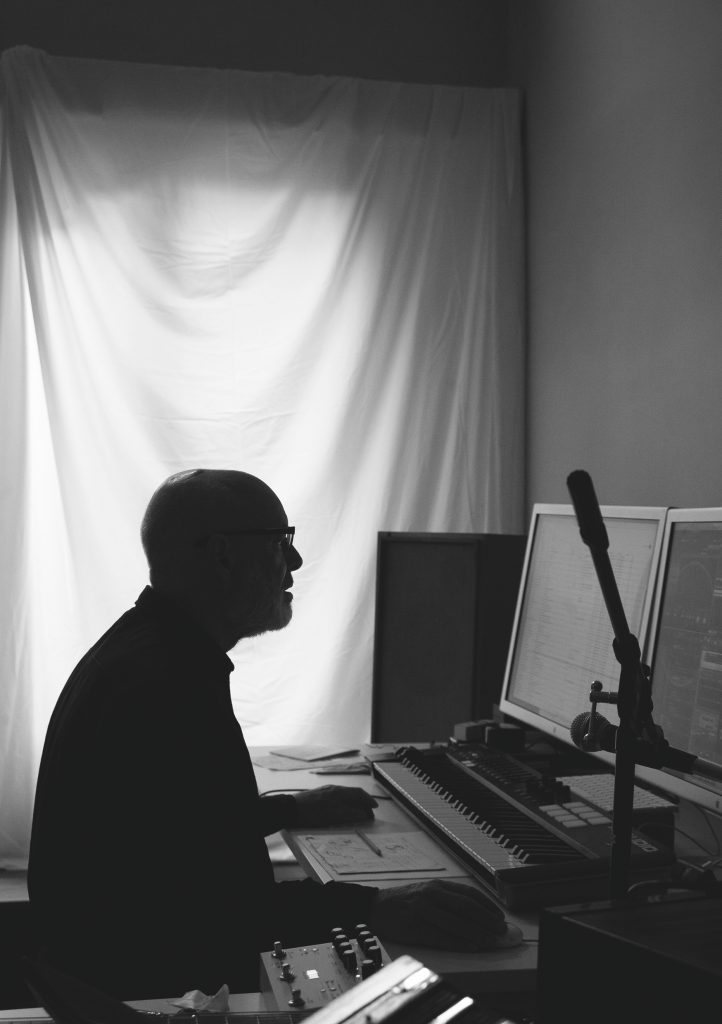
Might EarthPercent also make musicians more proactive about spreading the word? Are there benefits beyond making things more energy efficient that you’re thinking about, in terms of outreach?
It hinges around a question that I think people are quite often confused about, which is, what does art do for us? Is there something special that artists can offer to this movement other than handing over their money? Something that uses our skills and sensitivities? The obvious and probably not the best solution is propaganda. I’m slightly allergic to it because I think it’s manipulative. I’m not that type of person, but it’s important to engage with questions such as, how does art affect our minds and change our positions? It’s led me to the notion that science discovers and art digests. Science is a way of finding things out about the world, but art gives us the chance to explore, through our imagination, places that don’t exist, as well as tools to deal with the world we are in.
Ezra Pound called the artist “the antenna of the race”. Our job is to sniff out other possibilities and present them in such a way that we can have new feelings about them. Science has quite understandably sidelined feelings as a source of data because they’re too subjective, too fluffy. But aren’t feelings your mind’s first means of navigating through new and unknown terrain? You work from what you call your gut or hunch, your intuition. Feelings are of course fragile and often unreliable, but they are the beginnings of cognition. We can describe and make things happen, but what we really want to know is how do we feel about them? That is what’s missing from the environmental movement, some thought behind our possible futures. How will they feel? Can we live within them? Which parts can we adapt to? At the moment, we’re backing into these changes desperately, trying not to look at them because they’re terrifying. We need a way of evaluating them emotively as well.
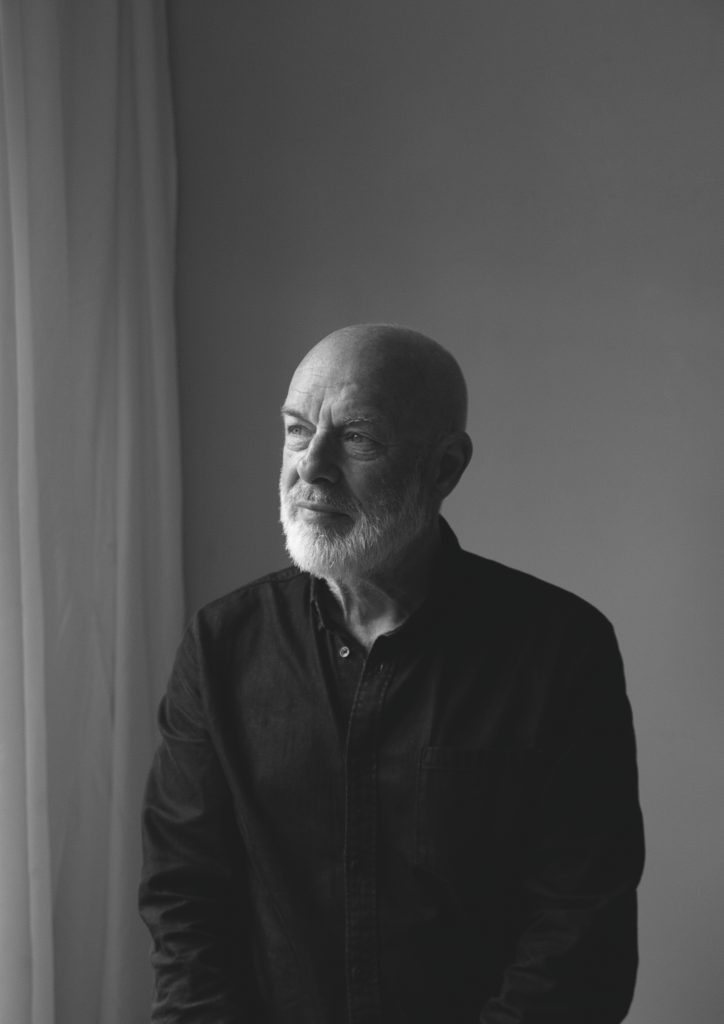
We live in an unevenly distributed reality. Sometimes I’ll be writing something speculative that’s set in the future, and instead what I’m actually doing is laying bare someone else’s reality right now, but that the mainstream doesn’t recognise. I think art has value in explaining the inexplicable present that some of us are lucky enough not to live in. Is there hope for us?
That is a difficult question because the answer depends on my mood on any given day. The English politician Tony Benn said there are two flames burning in the human heart: the flame of anger against injustice, and the flame of hope that you can build a better world. Both hope and anger are useless on their own. You have to believe that something is possible, but you have to be angry enough to make it happen.
Photography Cecily Eno
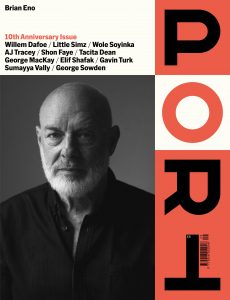
This article is taken from Port issue 29. To continue reading, buy the issue or subscribe here